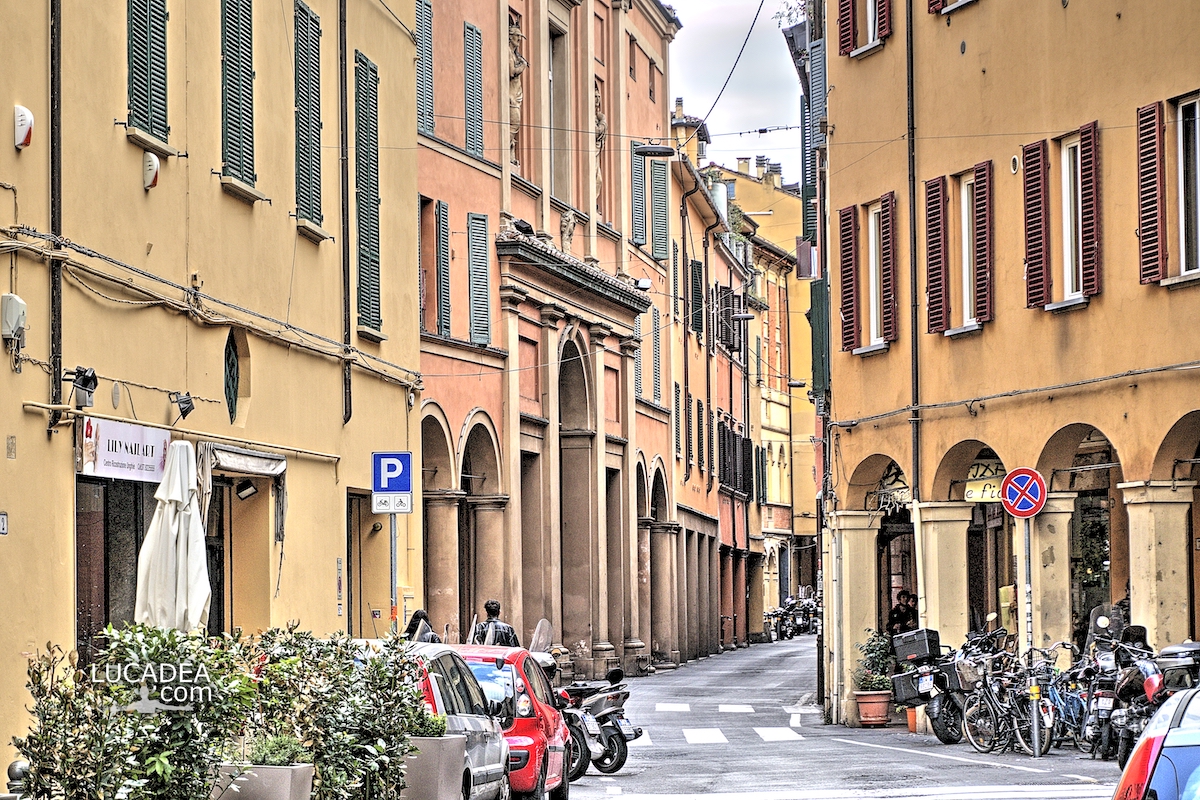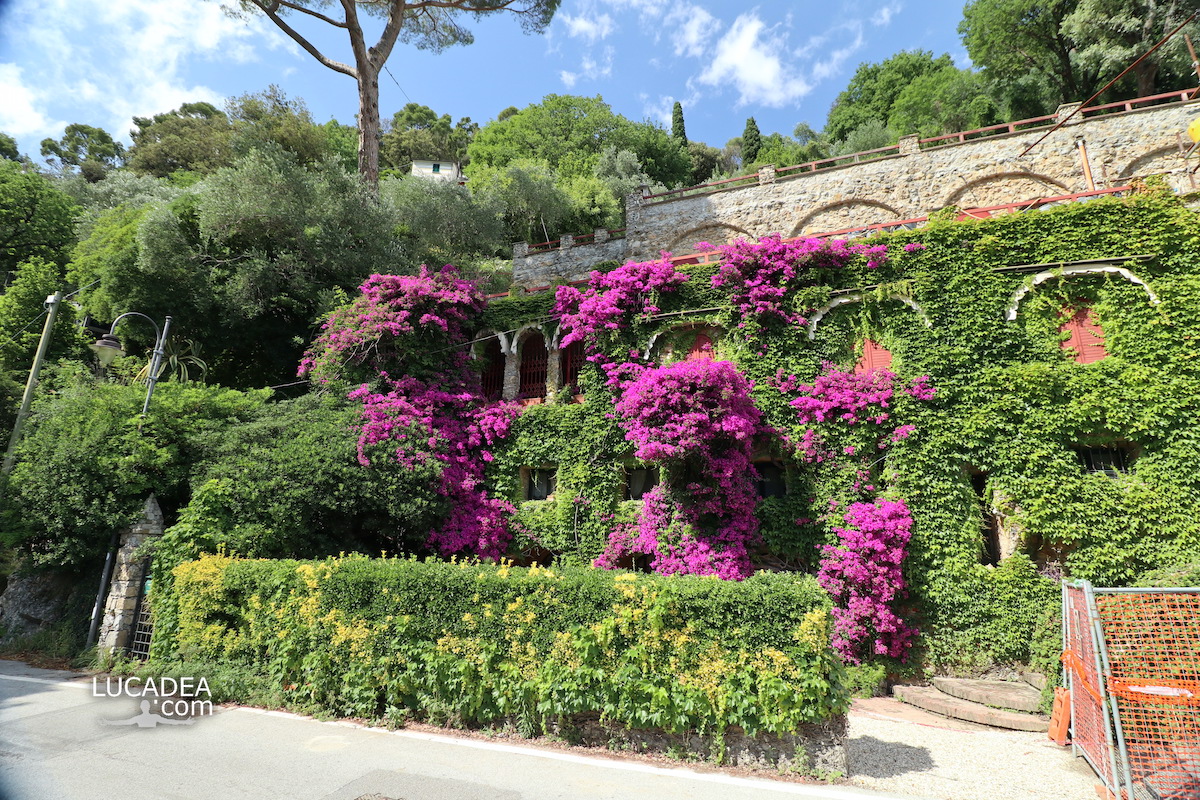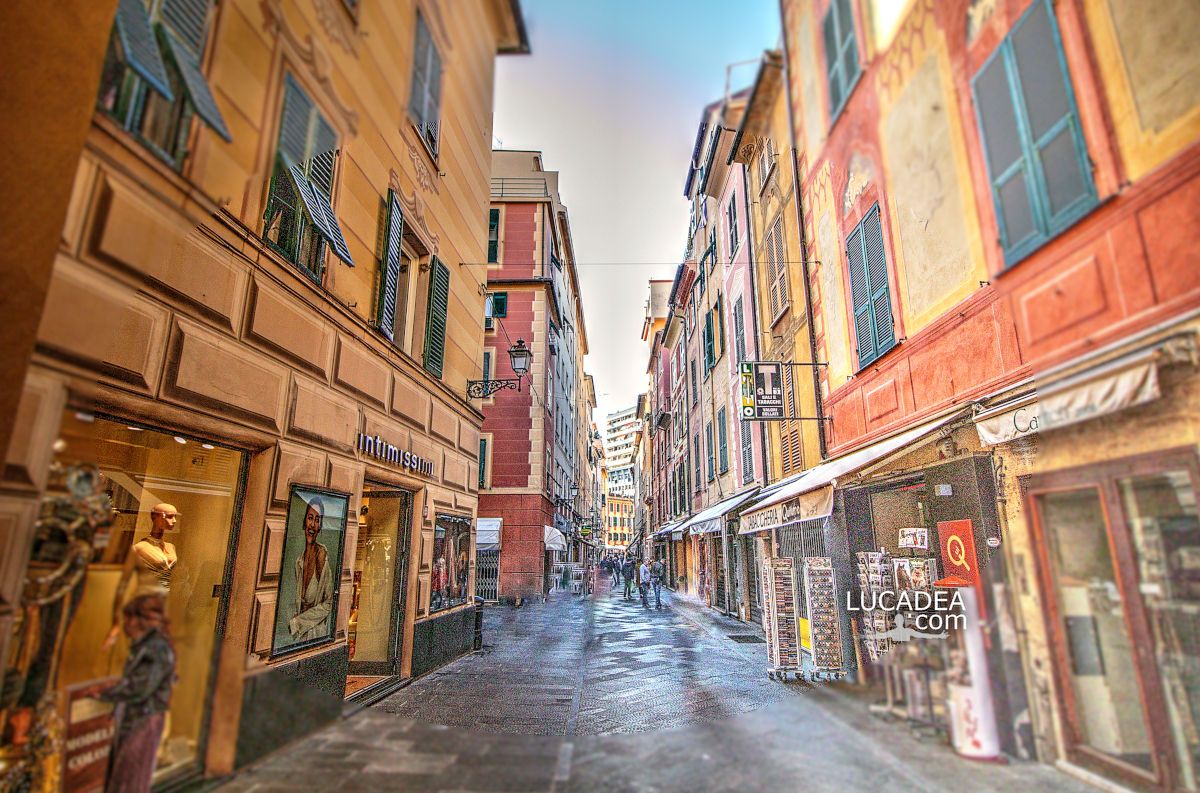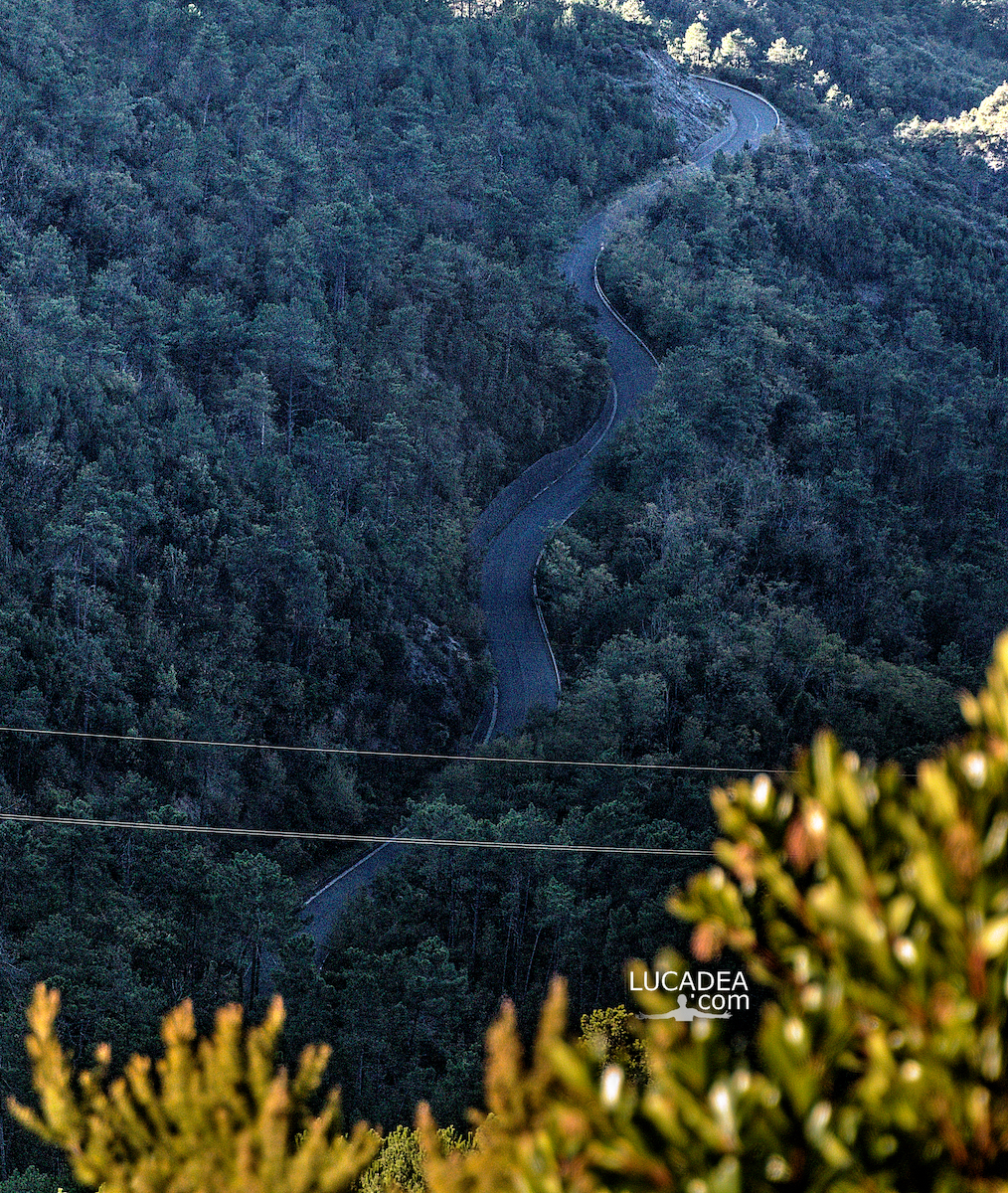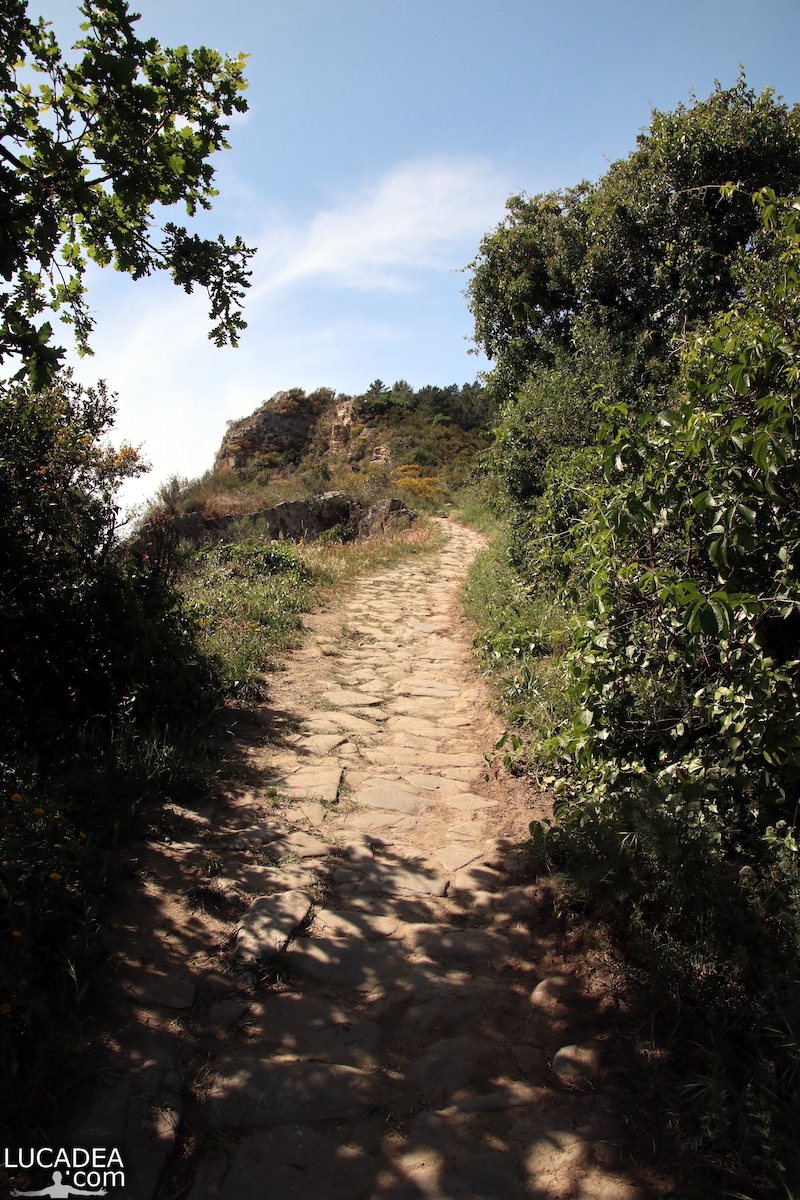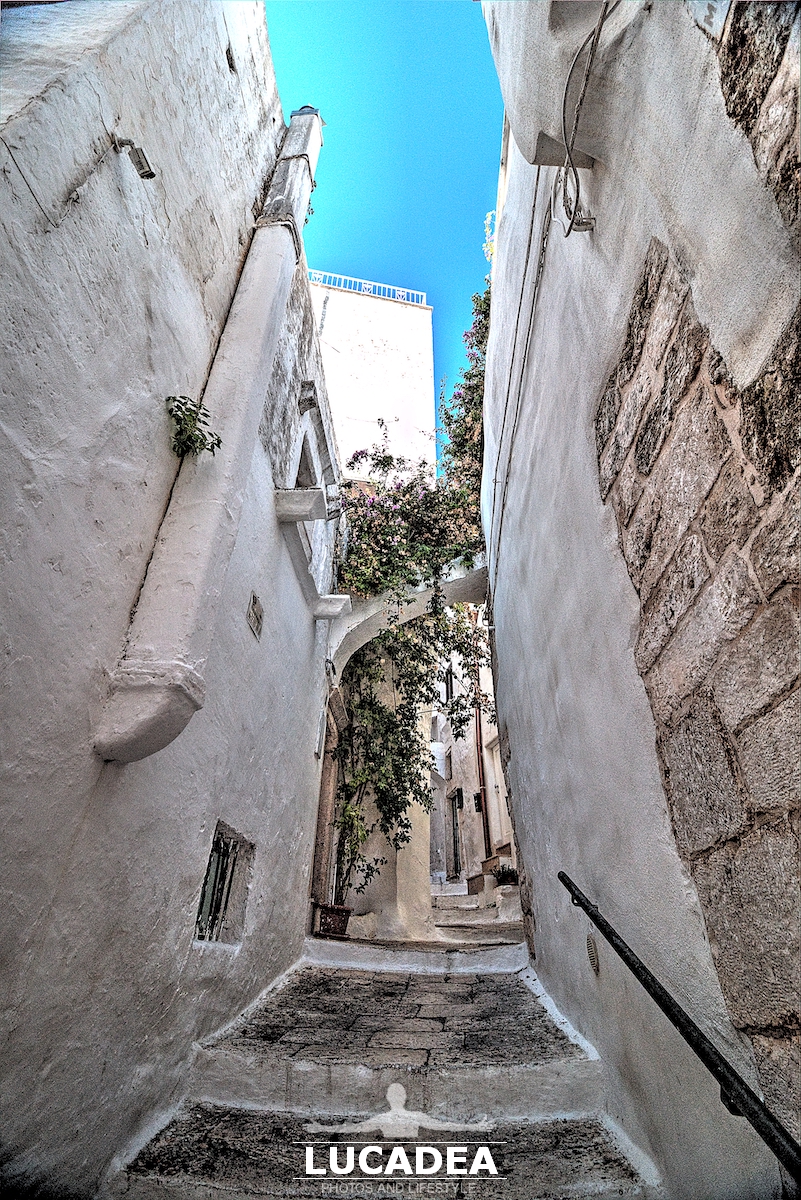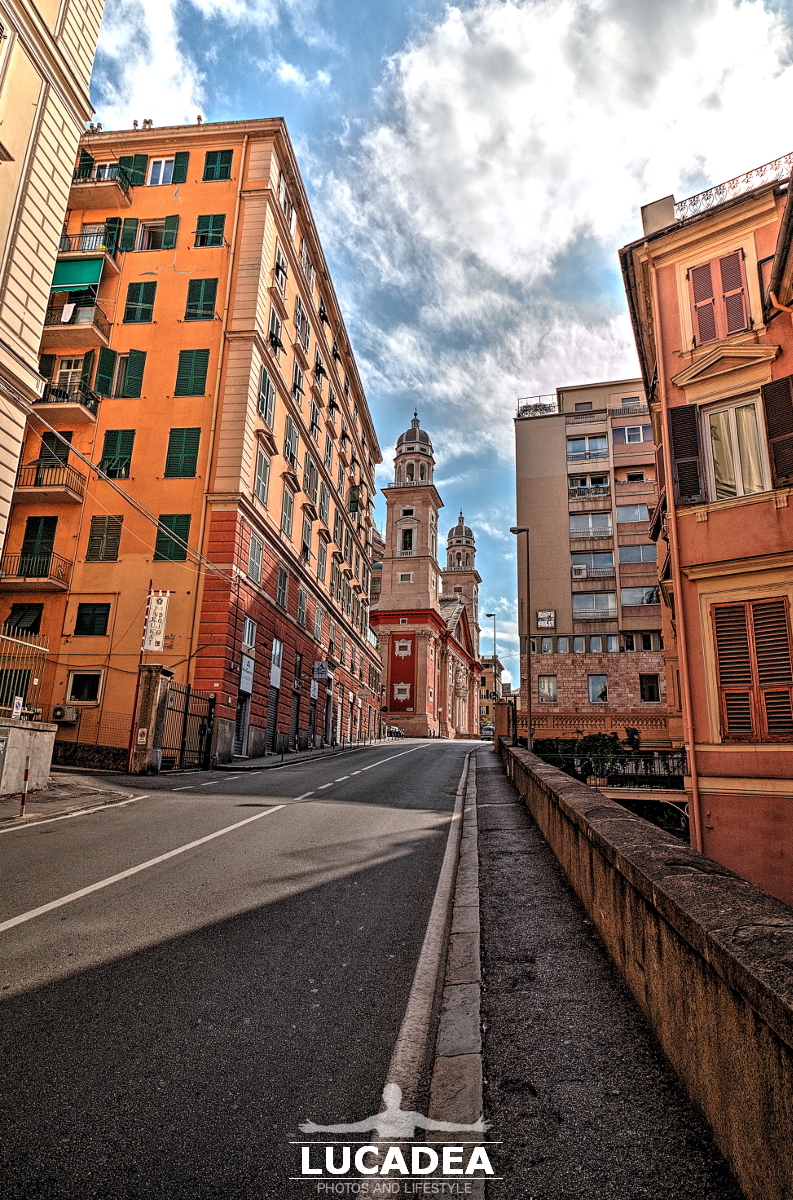Un vicolo, con portici ai lati, a Bologna.
Non sarà il luogo più famoso di Bologna ma mi piaceva molto questa foto di un vicolo della cittadina emiliana.
Una strada con ai lati alcuni dei portici per cui è famosa la città.
Have you ever been to Bologna and seen this place? Add a comment or go to the bottom of the site to read what other visitors have written.
Photo taken with Canon EOS M100 and lens Tamron 16-300.
If you want to see all the photos I took in the city, click here:

La città, i cui primi insediamenti risalirebbero almeno al I millennio a.C., fu un importante centro urbano dapprima sotto gli Etruschi e i Celti, poi sotto i Romani e, nel Medioevo, come libero comune. Capitale settentrionale dello Stato Pontificio a partire dal Cinquecento,[12] ebbe un ruolo molto importante durante il Risorgimento e, durante la seconda guerra mondiale, fu un importante centro della Resistenza.
Continue and learn more on Wikipedia

